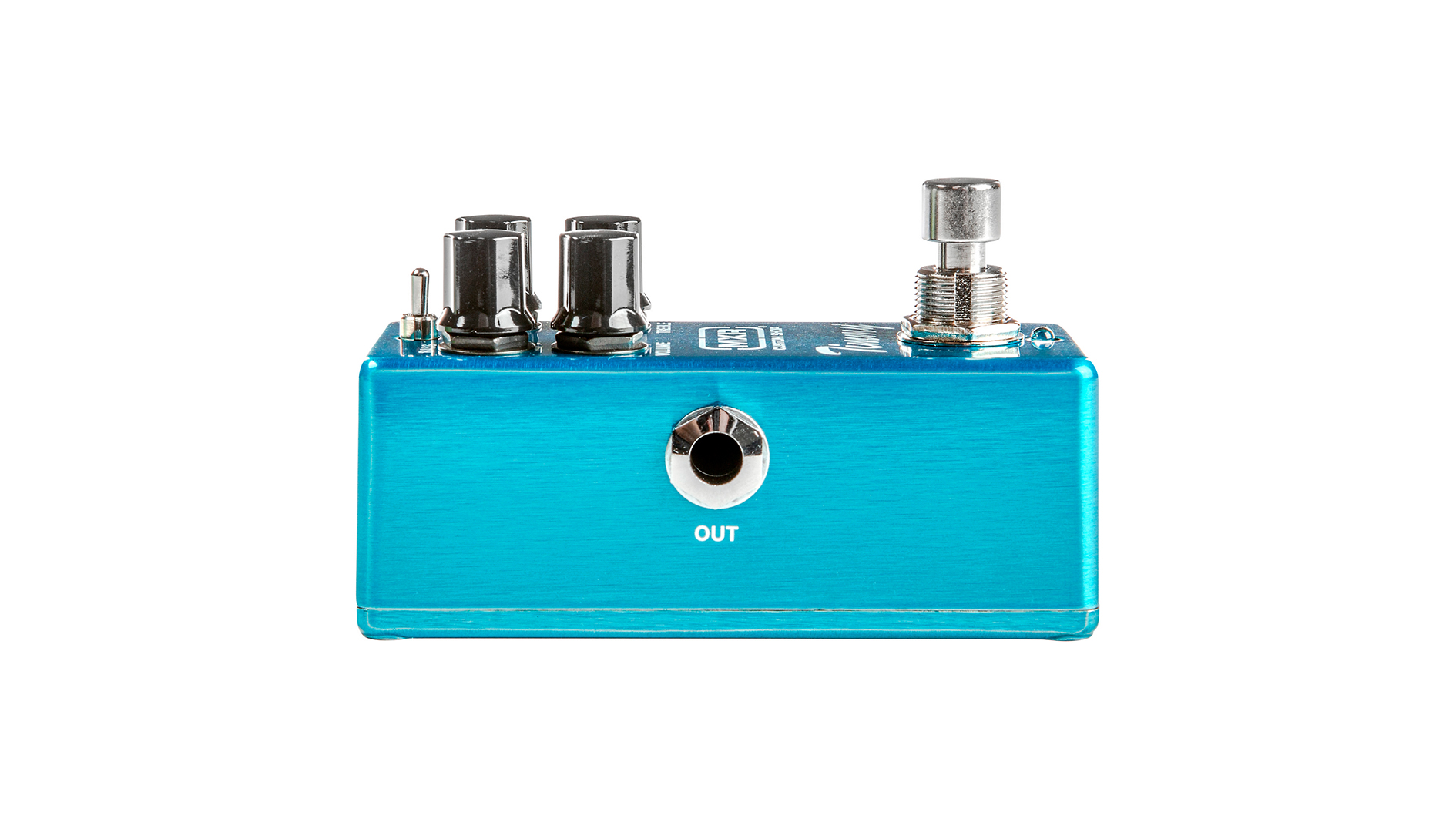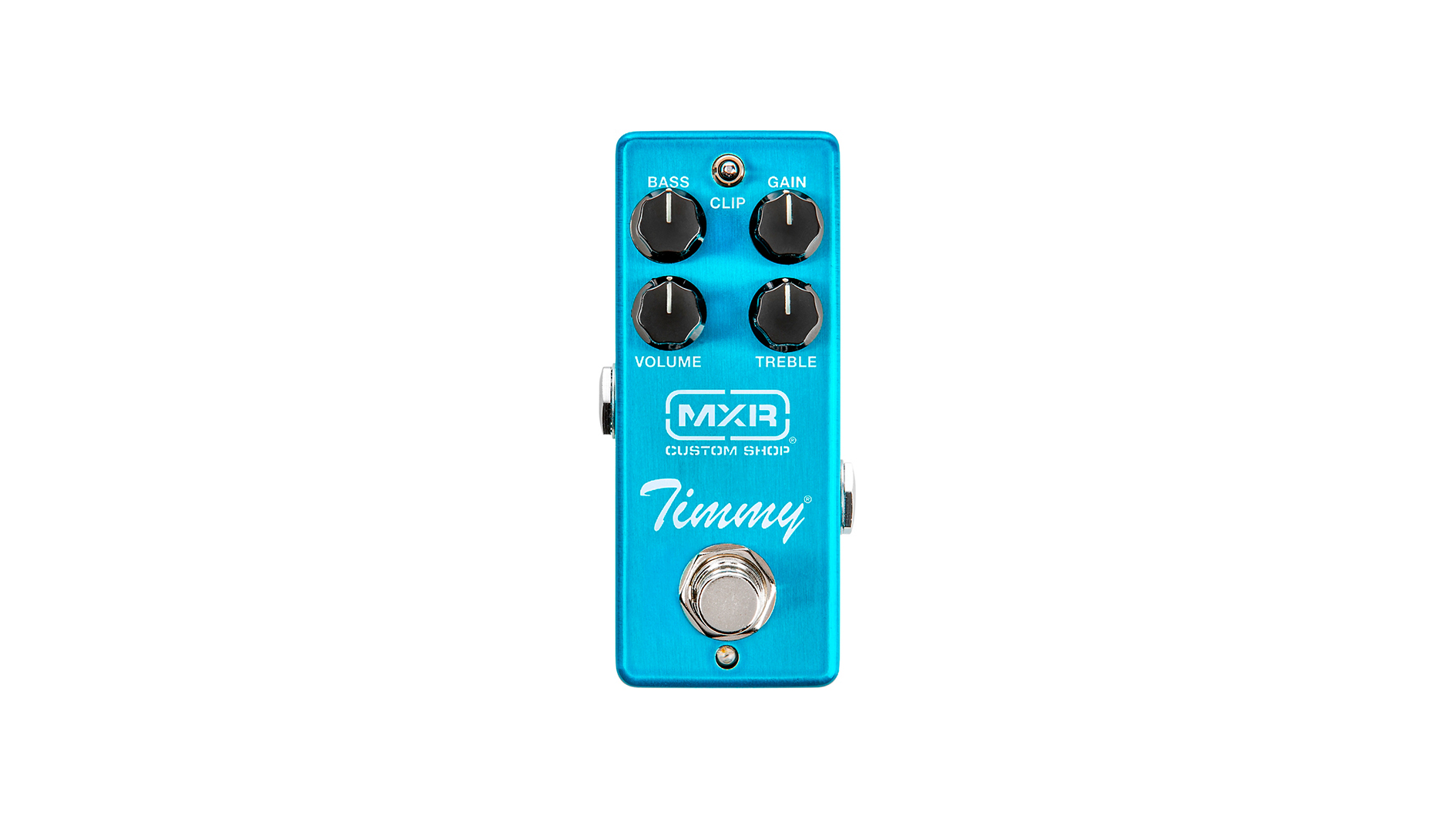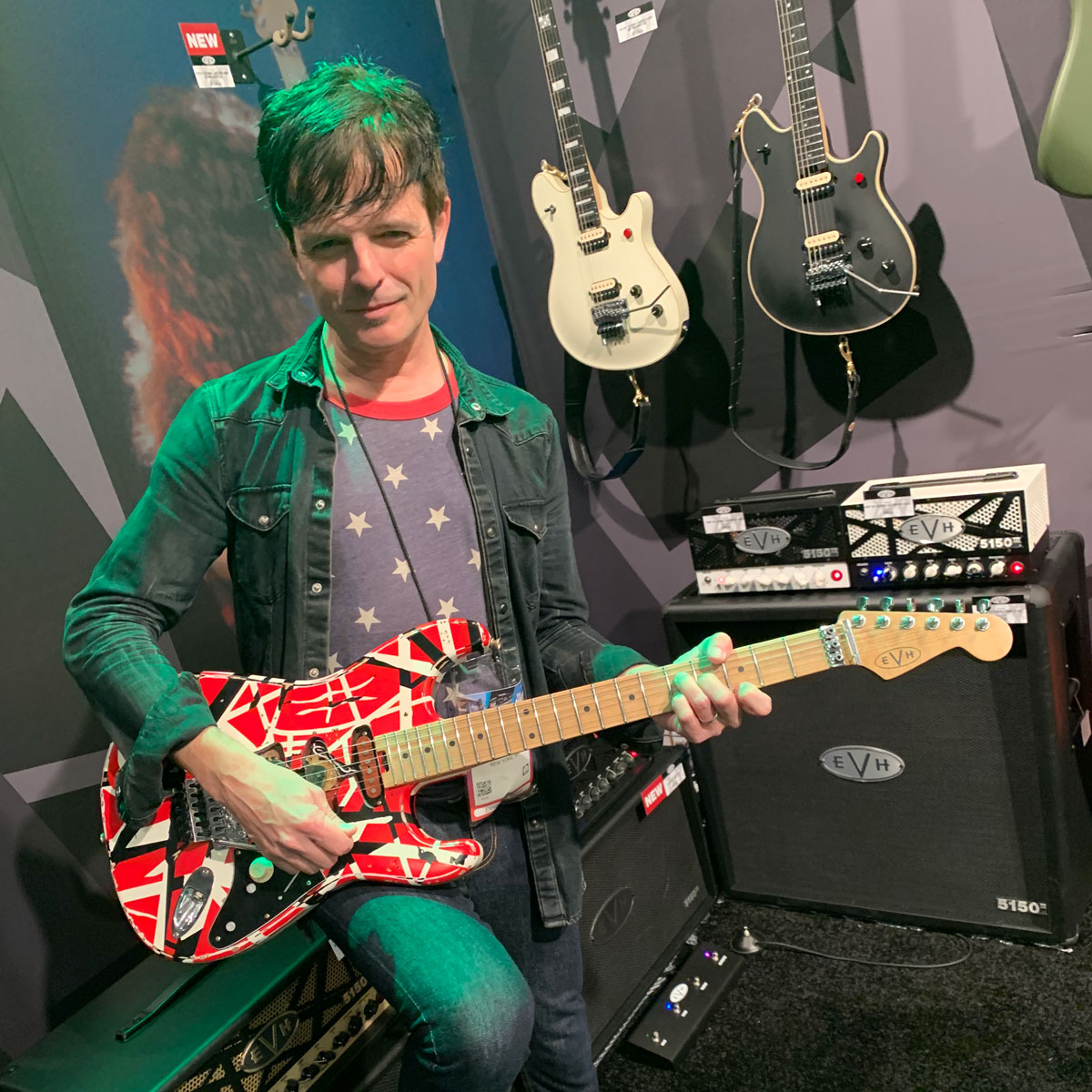Guitar World Verdict
Timmy is finally swimming in the mainstream and it remains one of the most transparent, responsive overdrive pedals you will find, with three clipping modes for added range.
Pros
- +
Three different clipping modes.
- +
Highly versatile when it comes to shaping tone.
- +
Small footprint.
- +
Good value.
Cons
- -
Bass and treble are configured cut-only.
You can trust Guitar World
If you’ve never heard of Paul Cochrane or his cult Tim and Timmy drive pedals, it's not necessarily surprising. Paul Cochrane has no website and a minimal presence on social media. Obtaining obtaining one of his Timmy overdrive pedals is a bit of a challenge, with Cochrane building them one at a time.
But habitual denizens of guitar forums will tell you that the Timmy pedal is a perennial on lists of best overdrive pedals – including ours – and it's because it is a super-transparent, amp-like overdrive that's been constant demand for armchair tone chasers. And also a pedalboard essential for the likes of Aerosmith’s Brad Whitford and L.A. studio hound Lyle Workman.
Now that Cochrane has partnered with MXR to bring his legendary pedal to more guitarists, you no longer have to wait to get one. Better still, the MXR Timmy Overdrive is housed in a much-in-vogue mini enclosure.
- Find out which drive is right for you with the best overdrive pedals
Features

There are four knobs for Volume, Bass, Gain and Treble, plus a three-way Clip switch. The Bass and Treble controls are configured as cut-only, which won't be to everyone's liking but is faithful to the original designs.
But it is clever. The Treble knob cuts high end from the post-overdrive signal while the Bass knob cuts the lows from the pre-overdrive, thus allowing for more precise fine-tuning of those two frequencies and allowing you to match the EQ coming from the amp.
You have clipping modes to choose from, one asymmetrical and two symmetrical, and each offer varying degrees of saturation, low and high headroom, dynamics and compression.
Cochrane and MXR chose the LF353 op-amp chip, known for its increased output, gain and high fidelity, to maintain the Timmy's sonic integrity in a miniature pedal format.
Performance
Gear-forum players will undoubtedly compare the MXR Timmy to the original. Surely all will agree that the MXR Timmy Overdrive delivers transparency with a capital T.
Clicking the pedal on and off, the MXR Timmy sounds as seamless as switching from clean to a mild gain channel from a tube amp. It really is quite remarkable. It may not have as much overdrive as you would expect, but it adds a gradual gain-bump to the point of light compression and a very pleasing natural breakup.
The MXR Timmy has more dynamic presence than your regular overdrive. There is a clear top-end chime and warmth in the midrange. It is a more musical-sounding overdrive that blends in beautifully with amplifier crunch – perfect for when youneed even more harmonic complexity.
I found the middle position on the switch to be the best sounding of the three clipping stages. It had the most breath and body, and touch-responsiveness, whether you set the Timmy for overdrive or simply as a clean boost.
Specs
- STREET PRICE: $129.99 / £139
- INPUT IMPEDANCE: 400 kΩ
- OUTPUT IMPEDANCE: 1 kΩ
- NOISE FLOOR: -115 dBV
- GAIN: 3 dBV to 43 dBV
- BYPASS: True Hardwire
- CURRENT DRAW: 2.2 mA
- POWER SUPPLY: 9 volts DC
- CONTACT: Jim Dunlop
For more information, head to Jim Dunlop.
Paul Riario has been the tech/gear editor and online video presence for Guitar World for over 25 years. Paul is one of the few gear editors who has actually played and owned nearly all the original gear that most guitarists wax poetically about, and has survived this long by knowing every useless musical tidbit of classic rock, new wave, hair metal, grunge, and alternative genres. When Paul is not riding his road bike at any given moment, he remains a working musician, playing in two bands called SuperTrans Am and Radio Nashville.
“The original Jordan Boss Tone was probably used by four out of five garage bands in the late ’60s”: Unpacking the gnarly magic of the Jordan Boss Tone – an actual guitar plug-in that delivers Dan Auerbach-approved fuzz
“This is a powerhouse of a stompbox that manages to keep things simple while offering endless inspiration”: Strymon EC-1 Single Head dTape Echo pedal review












